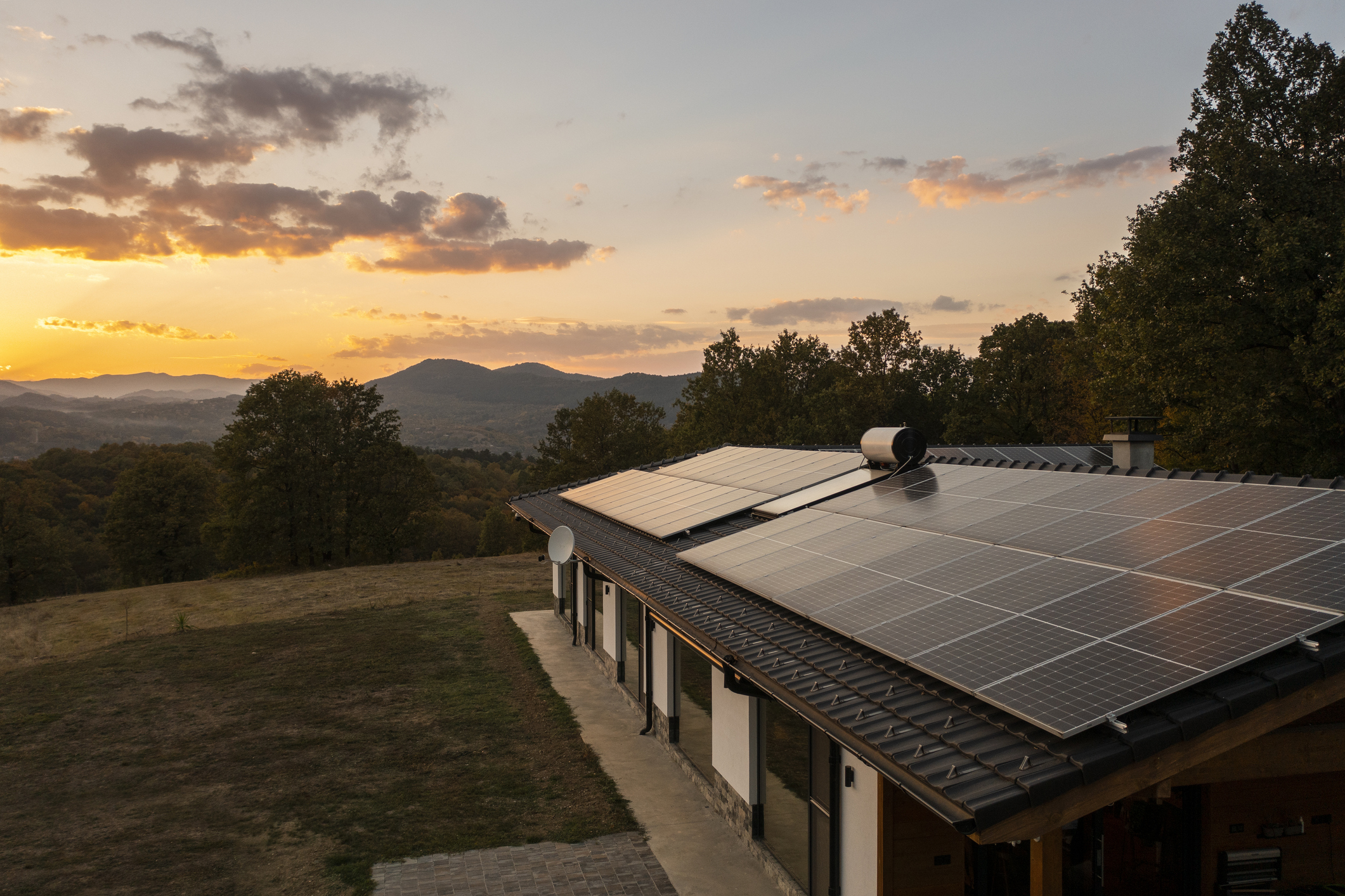Solar energy has emerged as a powerful force for change across Africa, transforming the continent’s approach to electricity. Countries with high solar exposure are starting to turn their natural advantage into economic growth and sustainable living. This shift is not only helping to close the electricity gap in rural areas, but also supporting innovation in urban energy supply. As governments adopt cleaner energy policies, the continent is experiencing a rise in investment and partnerships. As a result, long-term benefits are expected for both infrastructure and the environment. Rapid developments indicate Africa is moving toward a more resilient energy model that supports both growth and equity across diverse regions.
Solar energy policy shifts in emerging African markets
Several African governments have introduced new legislative efforts to speed up clean electricity projects. In Kenya and Morocco, reforms now make it easier for private and foreign entities to finance new energy infrastructure. Meanwhile, Nigeria and South Africa have begun revising outdated regulations that once slowed expansion. These changes signal a growing political will to make long-term commitments in the renewable sector. In many cases, international donors and climate-focused organizations have contributed technical and financial support, providing a critical boost to local capacities. Through structured collaboration, countries are better positioned to integrate clean power into their existing grids.
Funding challenges remain, but innovation is filling the gap
While solar installations are gaining ground, the financing gap remains a concern, particularly in sub-Saharan regions. Traditional loans often come with high interest rates or unclear timelines, discouraging widespread development. However, new financial models are appearing. Crowdfunding, pay-as-you-go systems, and climate bonds are unlocking opportunities previously out of reach. More companies are entering the market with creative solutions that adjust to local needs. In Ethiopia, small-scale solar startups offer affordable lighting to off-grid communities. In Rwanda, mini-grid projects now power schools and hospitals using predictable, low-cost service plans. These breakthroughs reflect a new confidence in local energy entrepreneurship.
Solar workforce training becomes national priority
To support long-term growth, countries are investing in the training of skilled technicians and engineers. In Ghana, national education programs now include solar system maintenance and installation in technical schools. Likewise, Tunisia and Senegal have launched vocational centers that aim to upskill youth for employment in clean power industries. This focus on human capital is expected to reduce reliance on foreign labor while also increasing job creation at home. As energy systems grow more complex, continued training will be vital to prevent disruptions. National strategies are already aligning education with energy goals to meet future demand.
Building regional energy independence through new infrastructure
Interconnected projects such as solar highways and cross-border grids are gradually being developed. These aim to stabilize energy flows, especially in areas that experience frequent outages. A growing number of African nations are looking to share energy resources through coordinated planning. For instance, the East African Power Pool is exploring how to integrate solar installations across multiple countries. The goal is to achieve mutual support during periods of excess or shortage. If executed well, these systems could reduce energy imports and strengthen self-reliance. With continued regional cooperation, a more secure and sustainable energy future looks possible.
